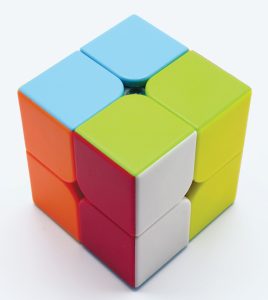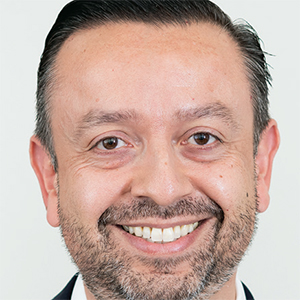
Guest Editor – Hector Baeza
A simple low-tech tool can focus your efforts on the work that delivers the most value
 Have you ever had a conversation with a key stakeholder and said yes to a new project even though you were already at full capacity? Have you ever found yourself working late at night or over a weekend to simply get caught upon all the work you have on your plate?
Have you ever had a conversation with a key stakeholder and said yes to a new project even though you were already at full capacity? Have you ever found yourself working late at night or over a weekend to simply get caught upon all the work you have on your plate?
The ability to say no to new work is one of the most difficult things for training managers to do. On its face it sounds easy, but how do you effectively message to someone that your workload is at full capacity? And how do you do this with stakeholders that you admire and often look up to?
The Matrix
This is where using a tool to prioritize and visually highlight your work is crucial. By using a simple low-tech tool like a two-by-two matrix, you can not only focus your efforts on the work that delivers the most value, but you can also use it to help others understand where your workload is at any given moment.
A two-by-two grid is a visual tool used to prioritize your work based on two key metrics, impact to your organization and effort needed. The Y axis represents the impact a task will have on the organization while the X axis represents the effort required to complete the task. Tasks are then placed in one of four categories: high impact and low effort, high impact and high effort, low impact and low effort, and low impact and high effort.
The initial goal is to focus on work that has high impact and low effort, while deprioritizing or simply not doing tasks that are low impact and high effort. This simple tool, also known as the Eisenhower matrix, can help you prioritize your work and make more impactful decisions, ensuring that you’re investing your time and energy toward the activities that matter the most.
Conversation Starters
The benefits of using a two-by-two grid are numerous, but perhaps the most significant is on the conversations that it allows you to have with key stakeholders. By visually representing your work on the grid, you can ask stakeholders to help you prioritize your work when new requests come in.
While a new project may seem important, will it be considered more important than the work you are currently leading? This key conversation can help you turn difficult conversations where your desire is to say no to new work into a strategic discussion with stakeholders where you both align on what projects should be prioritized.
Another major benefit of using a two-by-two grid is helping to improve discussions with your own manager. When managers and employees are aligned on priorities, it makes doing the work much more pleasurable.
Potential ambiguity or misalignment is removed when you can visually show your manager what you are working on and why you believe the work matters. A nice by product of this conversation is the removal of projects that you both agree are no longer needed.
Conclusion
It is difficult to overstate the power of deliberate prioritization. By utilizing a low-tech tool like a two-by-two grid, not only will you find yourself working on the most impactful projects to your organization, you will also potentially improve your relationship with stakeholders and your own manager.
Whether you are an individual contributor or seasoned learning professional, the benefits of prioritization are clear and undeniable.
 Hector Baeza is executive director, U.S. commercial learning and development, for Gilead Sciences, and a member of the LTEN Board of Directors. Email Hector at hector.baeza@gilead.com.
Hector Baeza is executive director, U.S. commercial learning and development, for Gilead Sciences, and a member of the LTEN Board of Directors. Email Hector at hector.baeza@gilead.com.








